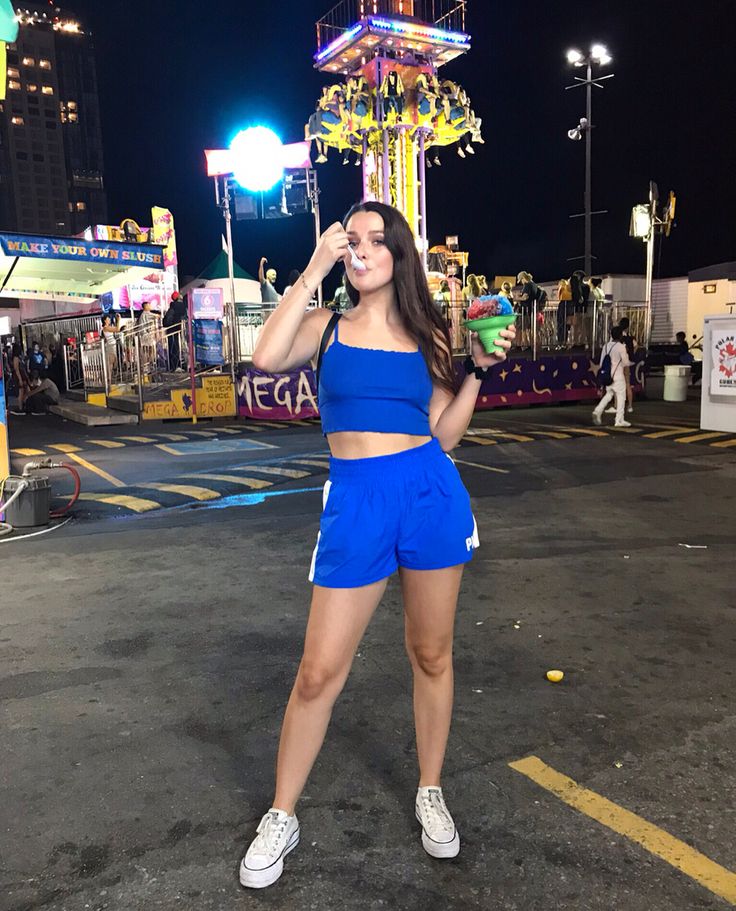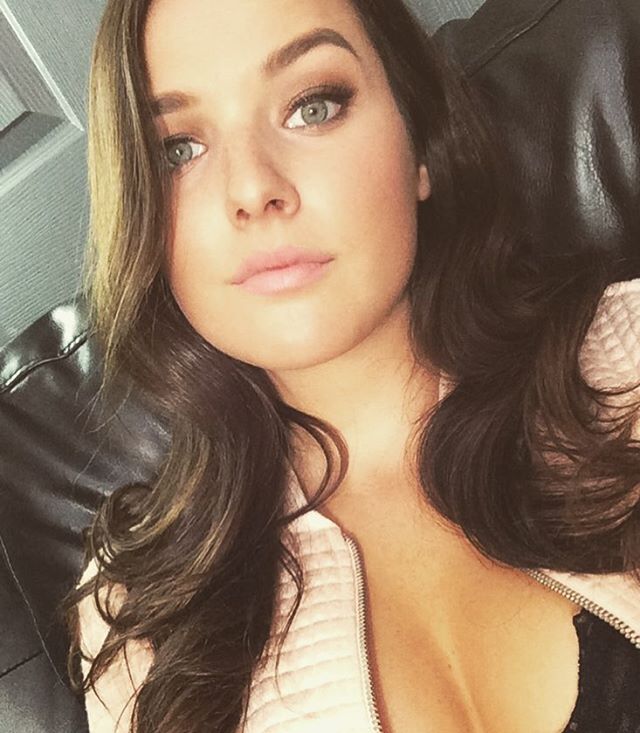

“All of a sudden I was hit with a massive wave of depression and anxiety and self-hatred, where the feelings were so painful that I would slam my head against a tree to try to knock myself out. “This is something I haven’t been open about, but it’s a huge part of who I am,” she says. (Her parents had started her on drum lessons at age ten to help dissipate some of her inexhaustible energy.) But at fifteen, she fell into an emotional morass. She’s still struggling.” (Pandora is currently working on a memoir-about her battle with addiction and the eighties London scene that formed its backdrop-which Cara says she has mixed feelings about.) I know there are people who have stopped and are fine now, but not in my circumstance. But it’s not something you get better from, I don’t think. My mother’s an amazingly strong person with a huge heart, and I adore her. “You grow up too quickly because you’re parenting your parents. “It shapes the childhood of every kid whose parent has an addiction,” she believes. I never enjoyed it.” But it was Pandora’s relapsing heroin addiction that may have been the defining fact of Cara’s childhood. “My family was kind of about that whole parties–and–horse racing thing.

“I grew up in the upper class, for sure,” says Cara, whose older sister Poppy, 29, is also a model, while Chloe, 30, a scientist by training, has moved to the country to raise her children. Her mother, Pandora, a London society beauty in her day, is the daughter of the late Sir Jocelyn Stevens, a publishing magnate, and Jane Sheffield, lady-in-waiting to Princess Margaret and a charter member of the princess’s Mustique set in the 1960s. Cara’s father, Charles Delevingne, is a property developer, and though he did not grow up rich, his looks and charm got him invited everywhere. The tale begins in the Belgravia neighborhood of London, in whose rows of white stucco houses aristocratic families live in the comforting proximity of families they have known for generations. “I feel this desire to throw away the story I’ve been telling for years,” she says, raising her glass. Perhaps it will ease the passage of all that veritas she seems intent on spilling. Though DC wants her fit as a fiddle, Cara decides that a glass of red wine can’t hurt.

“In 20 years,” he says, “we may look back at this era and think of Cara the same way we look back at the sixties and think of Jean Shrimpton.” Karl Lagerfeld, the designer with whom she has become most closely identified, acknowledged her leavening effect on his industry when he called her “the Charlie Chaplin of the fashion world.” (It was that most precious of Lagerfeld confections: a compliment.) The designer Erdem Moralioglu calls this her “characterful-ness,” a sort of elfin energy that animates her beauty. I feel this desire to throw away the story I’ve been telling for years.


 0 kommentar(er)
0 kommentar(er)
